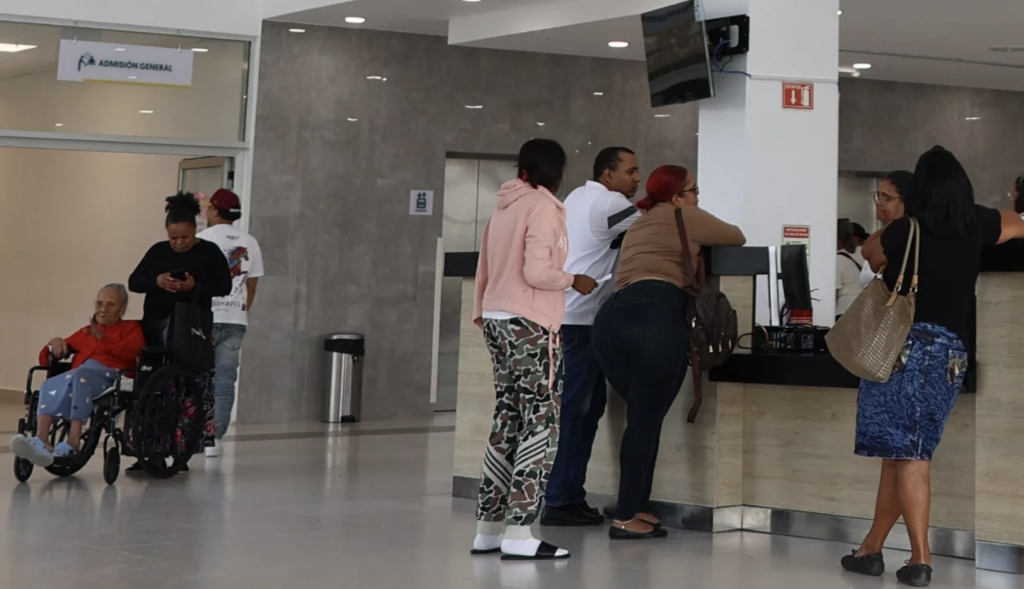
The Superintendencia de Salud y Riesgos Laborales (Sisalril) in the Dominican Republic has introduced a groundbreaking proposal: a differentiated per capita model for health management plans. This new scheme aims to allocate resources to Administradoras de Riesgos de Salud (ARS), the local health plan managers, based on the risk level of their affiliates, a significant departure from the current uniform payment system.
As reported in El Dia, for years, a known but largely unaddressed flaw in the healthcare system allowed some ARS to prioritize financial gain over comprehensive care. These entities strategically enrolled low-risk individuals, primarily young, healthy men, who seldom required medical services. This practice effectively shifted the burden of higher-risk individuals—such as women of reproductive age and those over 60, who frequently require medical attention—to other providers, particularly the state-run Seguro Nacional de Salud (SeNaSa).
Sisalril, now under the leadership of Miguel Ceara Heaton, a former Minister of Economy and an expert in statistics and social economics, has unveiled a previously overlooked provision within the existing Social Security Law. Their proposal suggests that ARS should receive a higher per capita payment for higher-risk affiliates and, conversely, a lower payment for lower-risk individuals. This seemingly technical adjustment is designed to counteract the inherent disincentive for ARS to care for high-risk patients.
Currently, all ARS receive a fixed monthly payment per affiliate from the public system, regardless of the individual’s health needs. This uniform payment fails to account for the vastly different healthcare costs associated with, for example, a young, healthy individual versus a pregnant woman or a patient with chronic conditions like hypertension, cancer, or diabetes. This has led ARS, operating as businesses, to favor the enrollment of low-risk individuals, creating barriers to care for the most vulnerable.
Sisalril’s proposed new model categorizes affiliates by age and sex, with per capita payments adjusted proportionally to their risk profile. Under this system, an ARS would receive significantly more funds for a woman of childbearing age, an elderly person, or a patient with a chronic condition, transforming these individuals from financial burdens into sources of increased revenue for the insurer.
As Sisalril Superintendent Miguel Ceara Hatton has explained: “With this model, the system will stop penalizing risk and start rewarding care for those who need it most. We are correcting a distortion that undermines the equity and efficiency of the health system.” This approach aims to realign financial incentives with the core mission of healthcare: providing comprehensive care to all.
The proposed scheme could see an ARS receive up to triple the standard per capita amount for a high-risk affiliate. While the current fixed payment is RD$1,683.22 per affiliate, the new model could result in an ARS receiving up to RD$5,000 for a pregnant woman or an elderly person, while a young, healthy man might only generate RD$800.
Importantly, this redistribution of funds would not increase deductions for workers or contributions from businesses; it’s a reallocation to ensure ARS are adequately compensated for managing higher-risk populations. The principle of free choice, allowing affiliates to choose their ARS without open rejection, will also remain intact.
Read more in Spanish:
El Dia
7 July 2025

